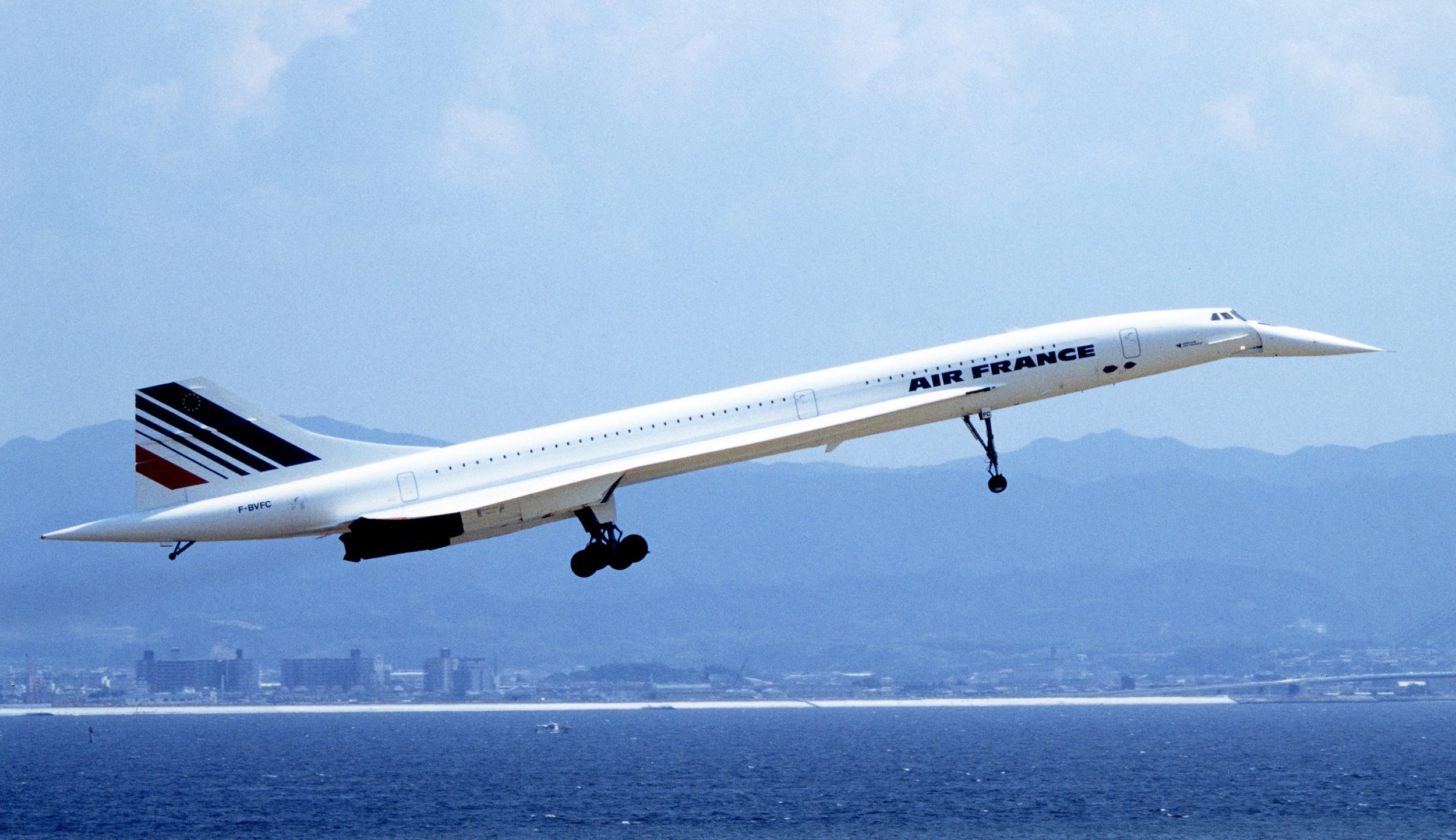The Concorde, which made its final flight in 2003, remains one of the most iconic aircraft in aviation history. Known for its breathtaking speed – capable of reaching Mach 2 (twice the speed of sound) – it revolutionized air travel for the elite. Now, engineers and designers are aiming to bring this era of supersonic flight back with a modern twist, combining cutting-edge technology and environmentally conscious practices.
The Son of Concorde concept, while paying homage to its predecessor, will address the issues that led to the Concorde’s retirement, including concerns over fuel efficiency and noise pollution. With advancements in engine technology and the use of sustainable fuel sources, this new supersonic jet is designed to be both faster and greener than ever before.
Key Features of the Supersonic Airliner
• Incredible Speed: The aircraft is designed to reach speeds of 1,300 mph, significantly reducing travel time. A flight from London to New York could take just 3.5 hours, a journey that currently takes upwards of 7 hours.
• Sustainable Aviation Fuel (SAF): Unlike the Concorde, which used conventional jet fuel, this aircraft will run on sustainable aviation fuel. SAF, which is made from renewable sources, has a significantly smaller carbon footprint compared to traditional jet fuel.
• Quiet Engine Technology: One of the primary concerns with supersonic jets is the sonic boom – a loud noise caused by breaking the sound barrier. New technologies are being developed to reduce the noise pollution associated with supersonic flight, making it less disruptive to both passengers and those living near airports.
• Advanced Aerodynamics: The aircraft will feature an innovative design with cutting-edge aerodynamics, ensuring maximum fuel efficiency, safety, and speed.
When Could This New Supersonic Jet Take to the Skies?
While the concept is still in the development phase, it’s expected that the Son of Concorde could take to the skies by 2027. The aircraft will be built by a new generation of aerospace engineers and companies focused on bringing supersonic travel back to commercial aviation.
The project is backed by a growing interest in faster air travel, fueled by a desire to cut long-haul flight times, making global travel more efficient. Additionally, the push towards more sustainable travel means that future passengers can enjoy the speed of supersonic flight without the guilt of contributing to environmental damage.
The Future of Air Travel: Speed and Sustainability Combined
As technology advances, the aviation industry is moving towards a future where supersonic flight is not only available for the wealthy but could become a mainstream mode of travel. However, it’s important to recognize that this new jet will not only focus on speed but will also prioritize the planet’s future. With sustainable fuel and advanced engine designs, this new supersonic aircraft will bring a greener, faster future to aviation.
In addition to supersonic flights, we could see a rise in electric aircraft and further improvements in eco-friendly aviation technology, making long-distance travel faster and more environmentally conscious than ever before.
A New Era for Commercial Air Travel
The “Son of Concorde” is more than just a return to supersonic flight – it’s a glimpse into the future of aviation. With a commitment to speed, sustainability, and passenger comfort, this aircraft will set a new standard for what’s possible in air travel. It will offer travelers an unforgettable experience: from fast transatlantic journeys to eco-friendly flying, all at the cutting edge of aviation technology.


